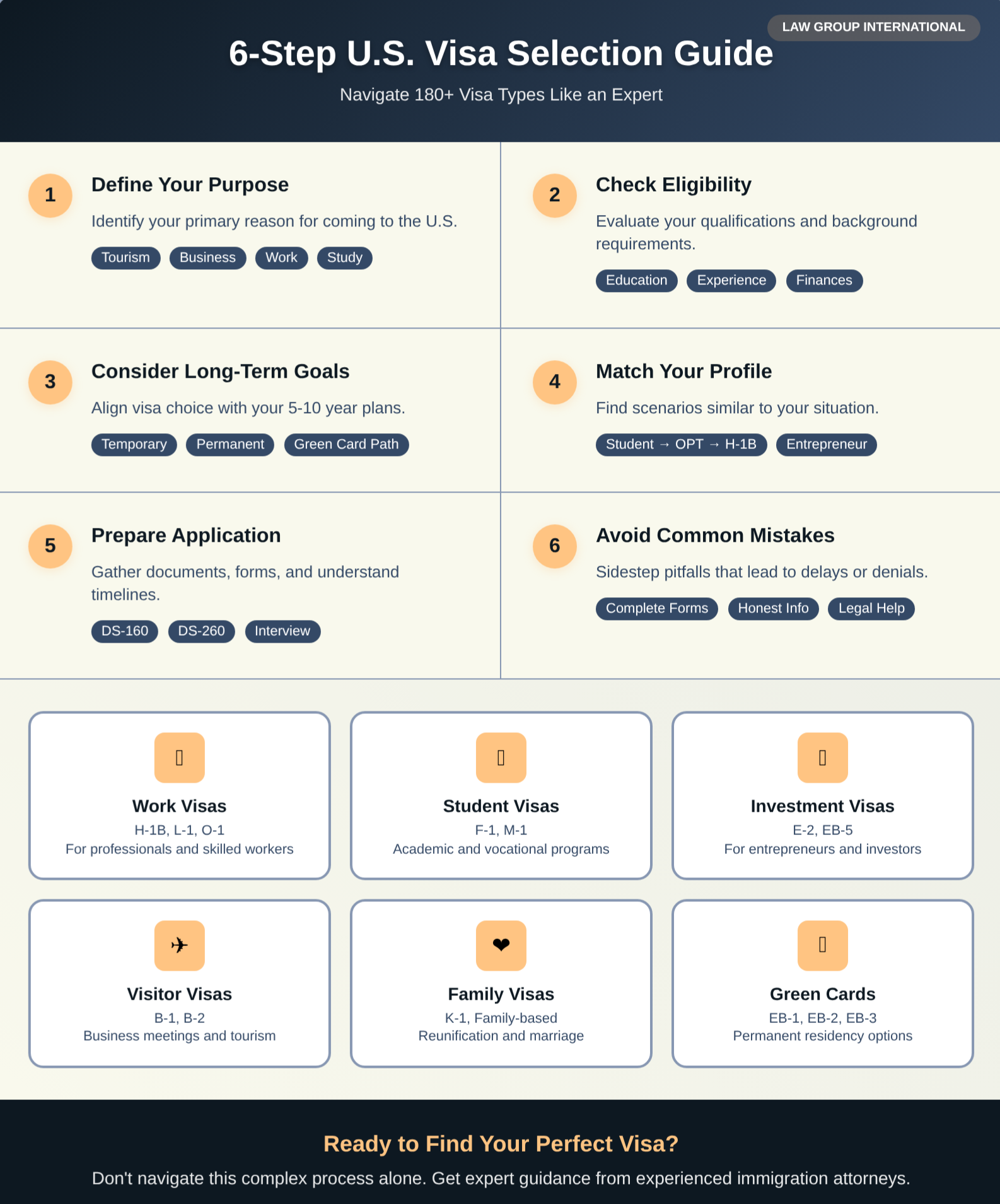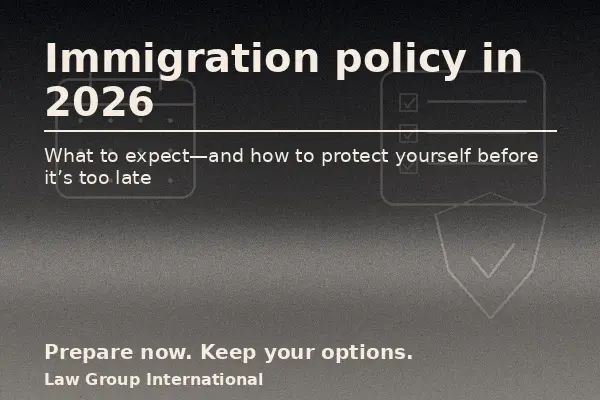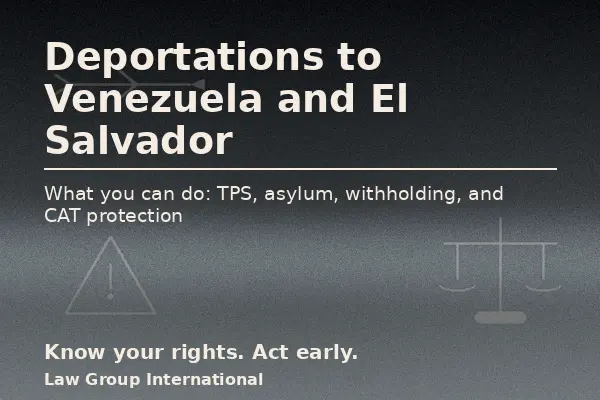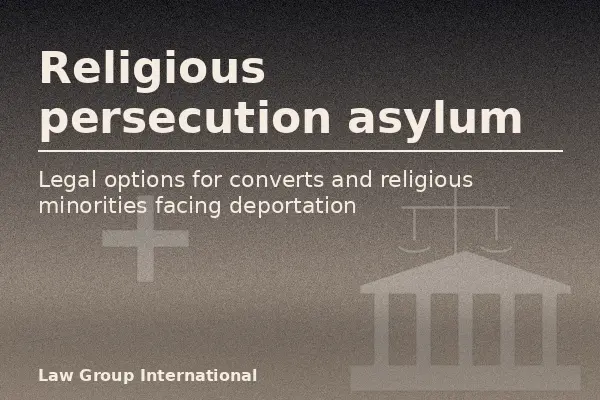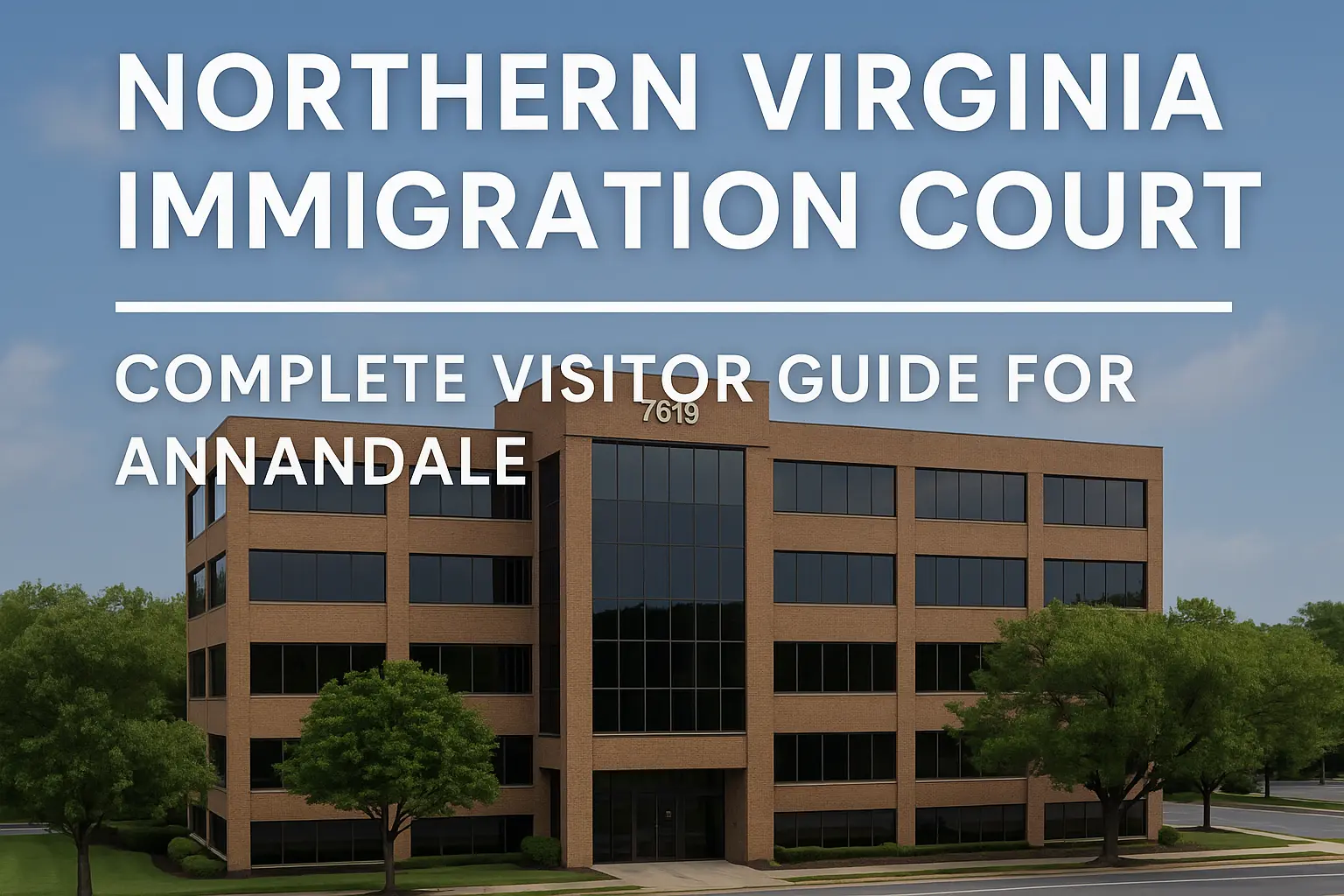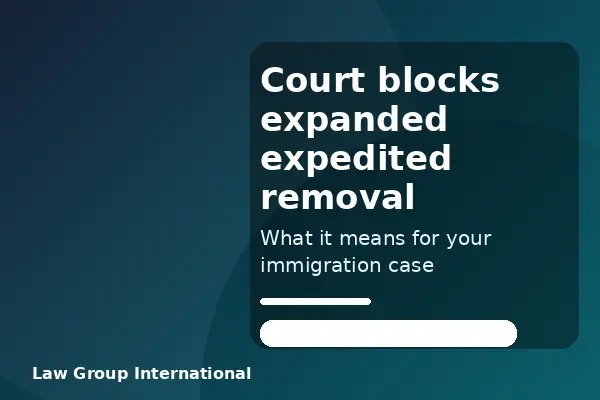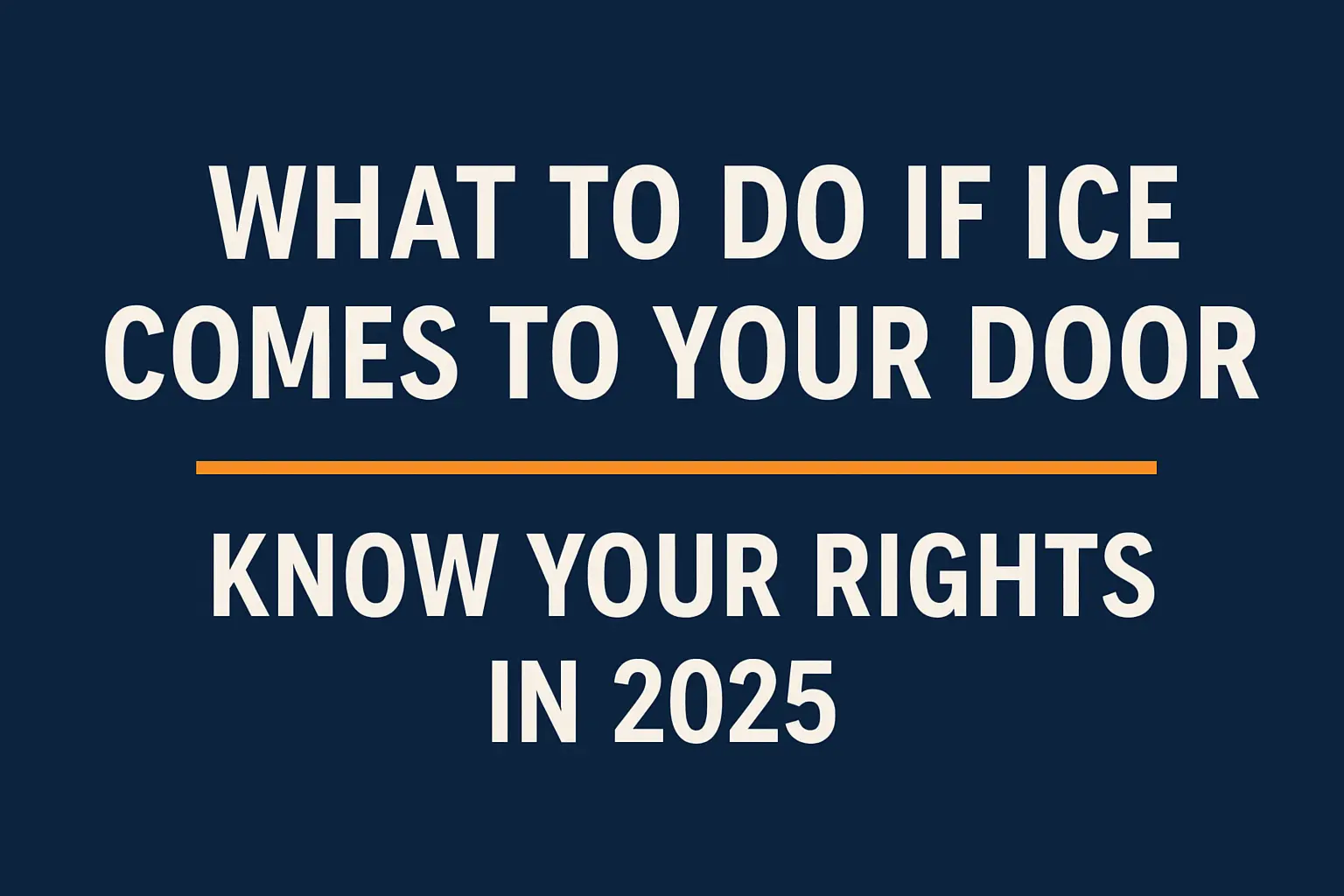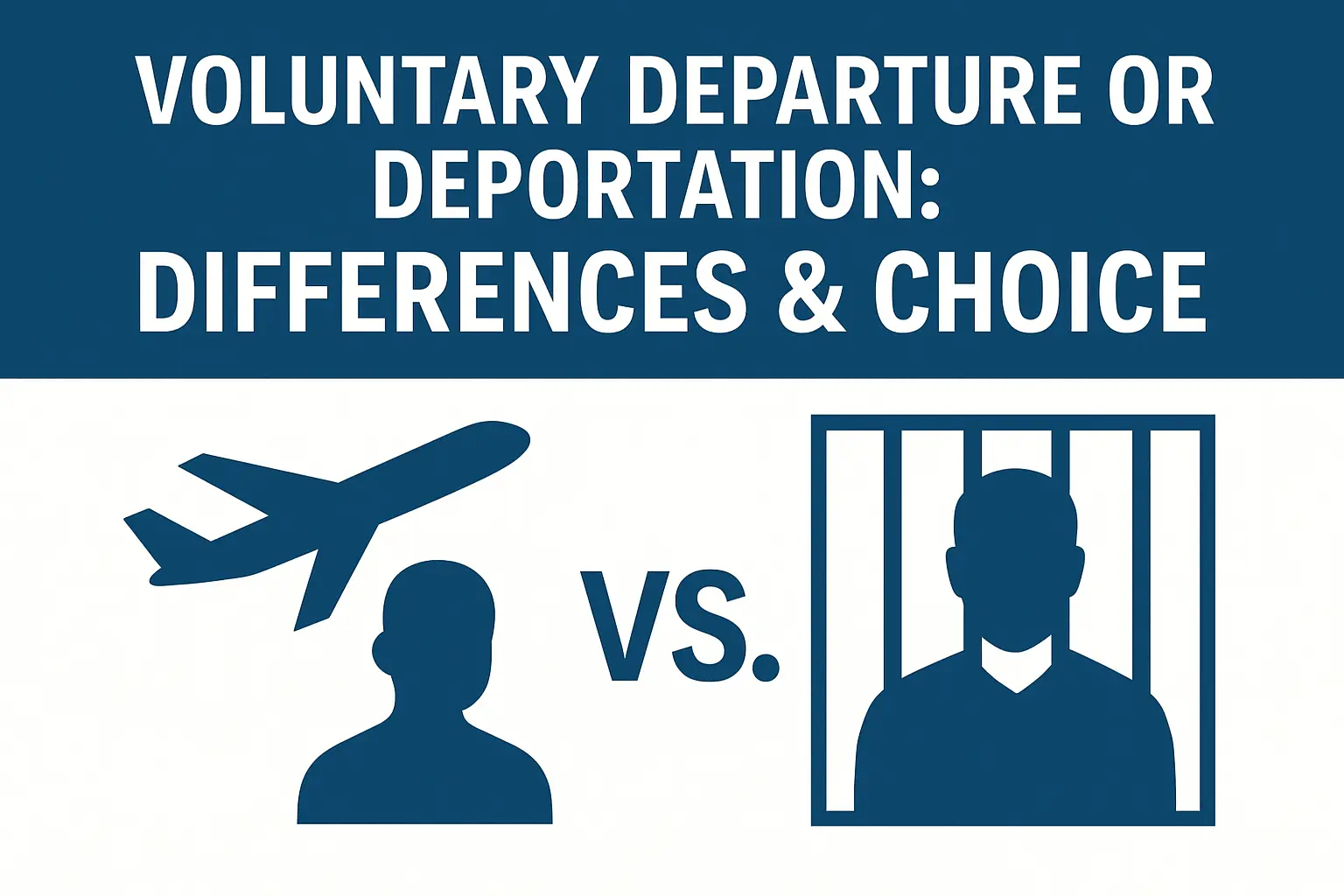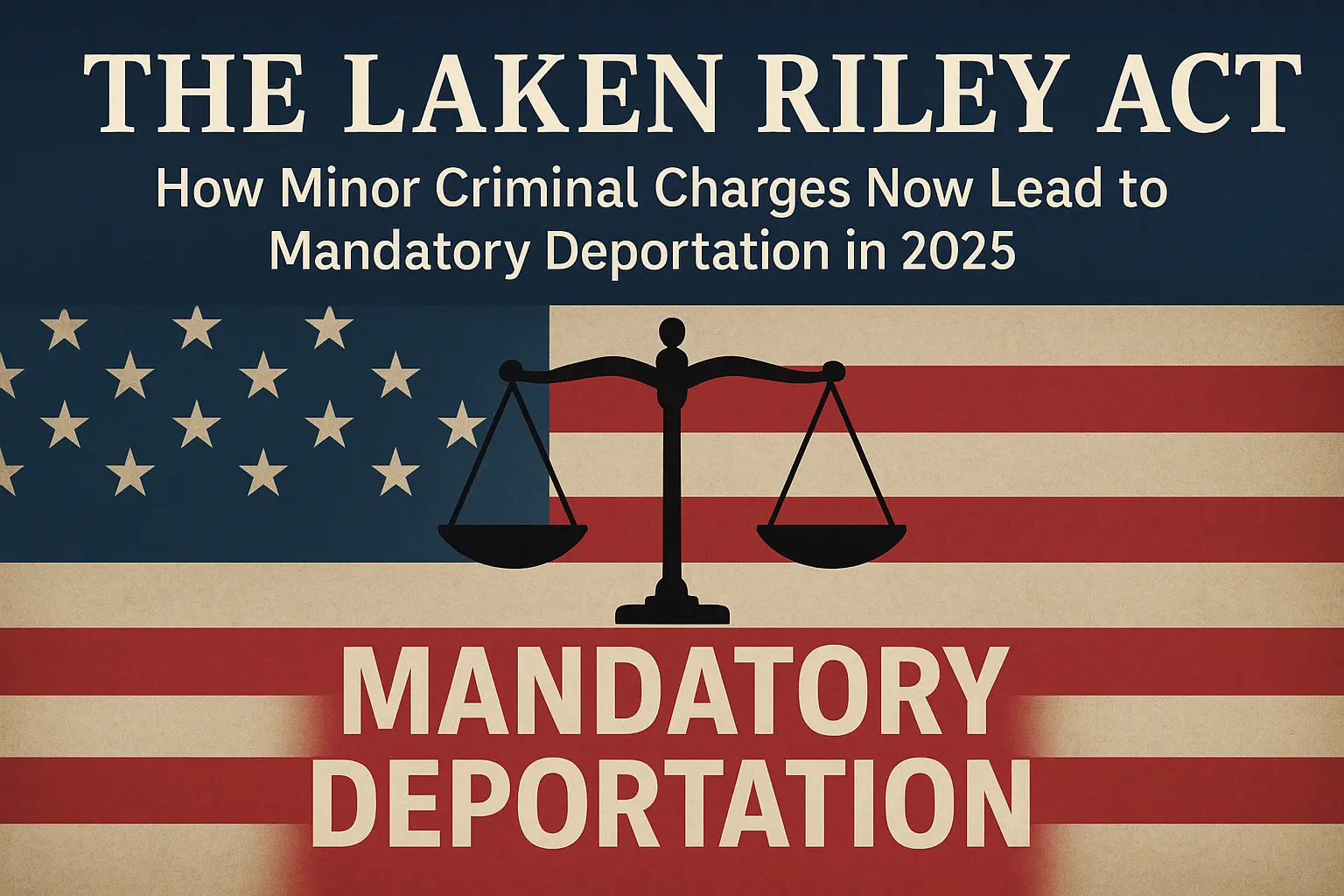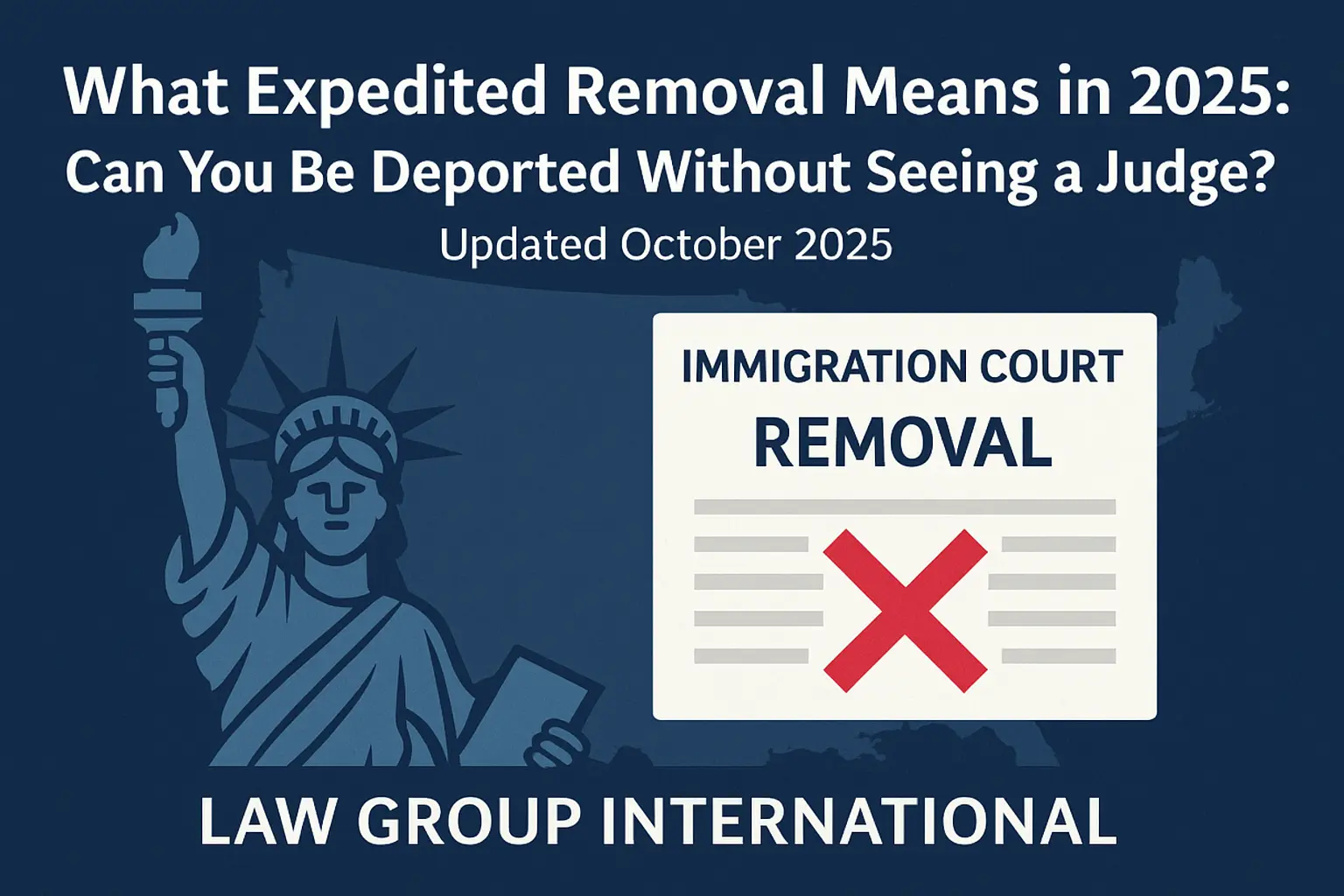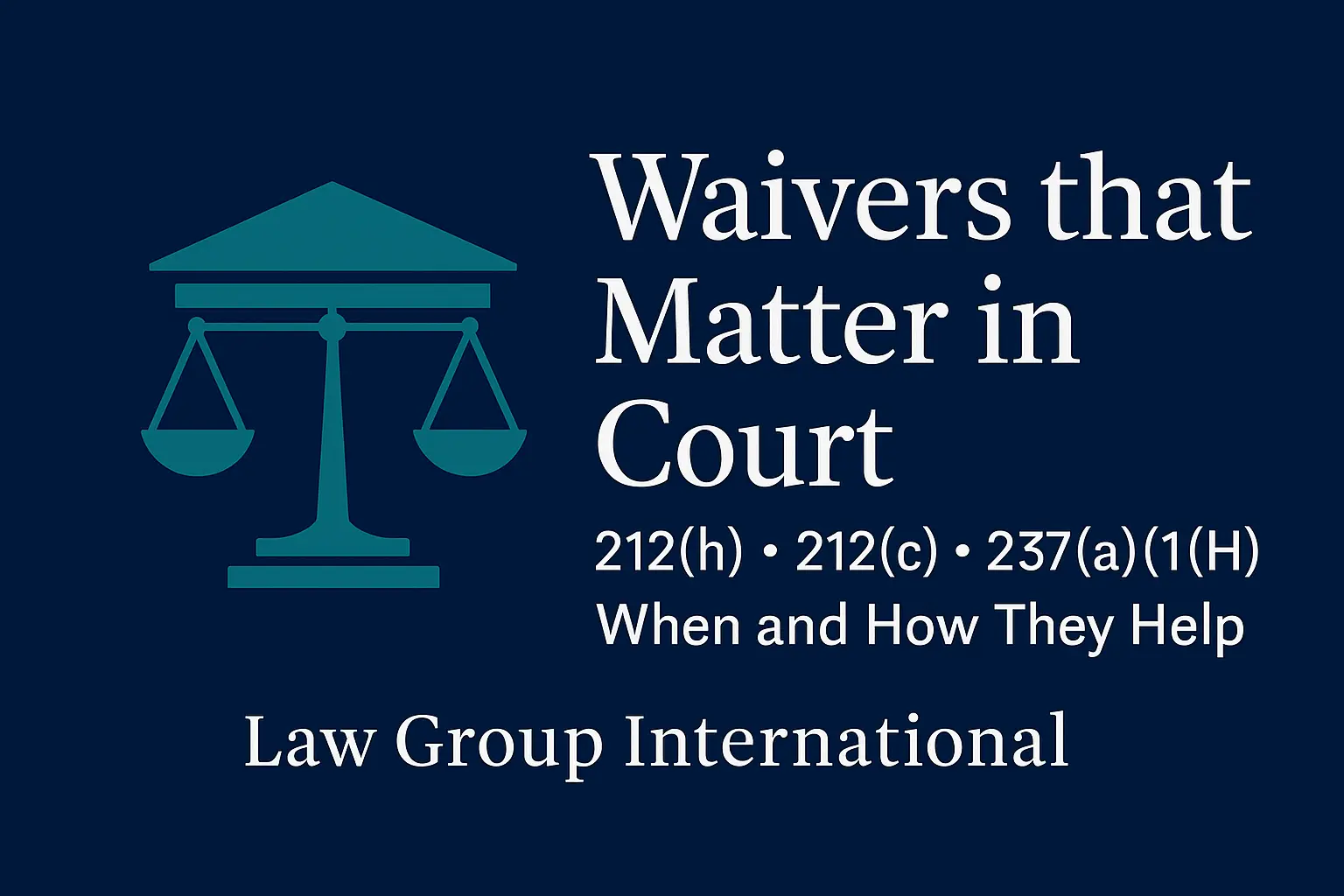How to Choose the Right U.S. Visa for Your Needs
Navigating the U.S. visa landscape can feel overwhelming with over 180 visa types available. How do you find the one that’s perfect for you? The stakes are high: choosing the wrong visa can lead to delays, denials, legal complications, and missed opportunities to pursue your dreams in the United States.
At Law Group International, we help immigrants and professionals around the world identify the best immigration strategy based on their personal goals, eligibility, and long-term vision. In this step-by-step guide, we’ll walk you through a six-step process to help you understand your options, avoid common pitfalls, and take the next step with clarity and confidence.
Whether you’re visiting, studying, working, investing, or planning to stay permanently, this article will guide you in choosing the right U.S. visa.
Assessing Your Purpose of Travel
Step 1: Define Your Travel Objectives
- Tourism & Leisure: For vacations or visiting loved ones, the B-2 visa is commonly used.
- Business Activities: Attending conferences or meetings? You may need a B-1 visa.
- Employment: Consider:
- H-1B for specialty occupations
- L-1 for intracompany transferees
- O-1 for those with extraordinary ability
- Education: Choose between F-1 for academic studies or M-1 for vocational programs.
- Investment & Entrepreneurship: E-2 treaty investor visas or EB-5 green cards are options.
- Family Reunification: K-1 for fiancé(e)s, or immigrant family-based visas.
- Medical Treatment: The B-2 visa also covers certain medical visits.
Write down your primary reason for coming to the U.S. This will help you focus your search.
Understanding Eligibility Requirements
Step 2: Evaluate Your Qualifications
- Educational Background: H-1B and O-1 often require specific degrees.
- Work Experience: L-1 requires one year with a foreign employer; H-2B is for temporary/seasonal roles.
- Financial Stability: F-1 and E-2 applicants must show funds or investment capacity.
- Nationality: Treaty-based visas like E-2 or TN are only available to certain countries.
- Family Relationships: Family-based green cards require specific relationships.
- Intent to Return: For non-immigrant visas, you must prove ties to your home country.
Make a list of your qualifications and compare them to the eligibility rules for each visa category.
Considering Long-Term Goals
Step 3: Align with Your Future Plans
- Temporary vs. Permanent Stay: Will you return home or seek a Green Card?
- Pathways to Residency: H-1B holders can transition to EB-2 or EB-3; family visas offer direct paths.
- Career Flexibility: A Green Card offers more freedom to switch employers.
- Family Inclusion: Spouses and children may receive derivative visas (e.g., H-4, L-2).
- Citizenship Plans: After five years as a permanent resident, you may be eligible for naturalization.
Think ahead—where do you want to be in 5 to 10 years?
Matching Common Profiles with Visa Options
Identify Scenarios Similar to Yours
- International Student: F-1 → OPT → H-1B → EB-2/EB-3
- Skilled Professional: H-1B or O-1 if you have exceptional talent
- Entrepreneur: E-2 if you’re from a treaty country; EB-5 for investors
- Multinational Manager: L-1A visa
- No Family in U.S.: EB-2/EB-3 or Diversity Visa Lottery
Choose the profile that best reflects your case and research it in more depth.
Understanding the Application Process
Step 5: Prepare for the Application Journey
- Documents Needed: Valid passport, photos, academic and financial records
- Forms:
- Non-immigrant: DS-160
- Immigrant (Green Card): DS-260
- Fees: Range from $160 to several thousand; confirm based on visa type
- Timelines:
- H-1B: 3–6 months (lottery involved)
- F-1: 1–2 months
- EB-1: 6–12 months with premium processing
- Interview & Biometrics: Dress formally, bring all documents, and arrive early
Legal Help: Working with Law Group International ensures you don’t miss important steps or make costly mistakes.
Create a personal checklist and timeline to track your application progress.
Mistakes to Avoid
Step 6: Sidestep Common Pitfalls
- Incomplete Forms: Review your DS-160 carefully.
- False Claims: Be honest. Misrepresentation can lead to bans.
- Ignoring Conditions: Don’t work or stay past your authorized period.
- Outdated Info: Stay current on USCIS or State Department policy updates.
- Skipping Legal Advice: Many denials could be avoided with professional help.
Book a consultation to review your case before submitting your application.
Conclusion
Choosing the right U.S. visa is a major decision that requires a clear understanding of your goals, qualifications, and long-term plans. By following the six steps in this guide, you can feel more confident navigating your options and moving forward.
At Law Group International, we’ve helped thousands of clients, from students and skilled workers to investors and multinational executives, find the ideal visa for their needs.
Book your free visa assessment today and let our experienced immigration attorneys help you take the next step toward your U.S. journey.
Explore More Immigration Topics
Immigration Policy in 2026
January 1, 2026
Deportations to Venezuela and El Salvador
December 31, 2025
Religious Persecution Asylum
December 30, 2025
Northern Virginia Immigration Court
December 20, 2025
Federal Court Blocks Expanded Rapid Deportations
December 16, 2025
What to Do If ICE Comes to Your Door
December 14, 2025
Voluntary Departure vs. Deportation
December 12, 2025
What expedited removal means
November 19, 2025
Waivers that Matter in Court
November 11, 2025

